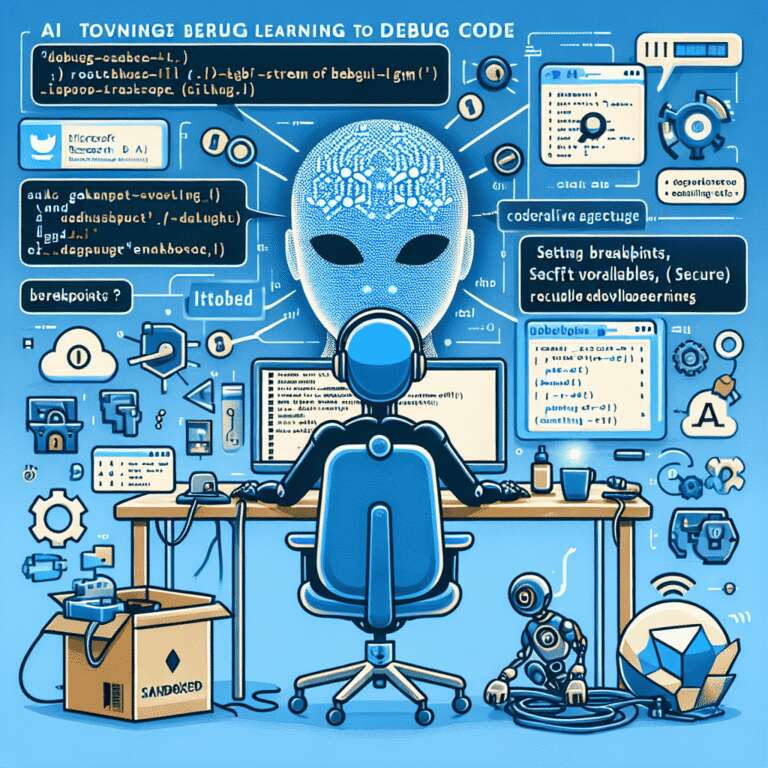Debugging is a time-consuming task for developers, signifying a key area where Artificial Intelligence tools can greatly assist. Microsoft Research introduces debug-gym, an environment designed to enable AI coding tools to understand and debug code akin to human developers. As AI takes on a larger role in code generation, with predictions that tools like GitHub Copilot will write a significant portion of future code, equipping these tools to debug is essential.
Traditional coding tools struggle with debugging beyond basic suggestions due to their limited ability for active inquiry when encountering complex issues. Debug-gym seeks to address this by providing AI with access to interactive debugging tools, allowing them to perform actions like setting breakpoints, printing variable values, and evaluating code sections interactively. This approach empowers coding agents with the ability to better understand the context and deliver more precise code fixes.
Debug-gym extends the capabilities of current coding agents by incorporating repository-level access and robust security measures through sandboxed environments. It encourages explorative code repair by leveraging structured text actions compatible with state-of-the-art language models. The initiative is part of a broader research effort to enhance AI’s debugging proficiency by fine-tuning interactive capabilities, thus paving the way for a more efficient coding future.
With the development of debug-gym, Microsoft envisions a collaborative future where human programmers approve AI-suggested fixes grounded in comprehensive codebase contexts. Open-source support invites the global research community to contribute towards creating agents adept at interactive debugging, crucial for advancing AI-driven software engineering.

